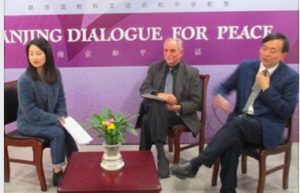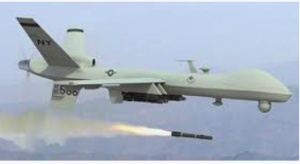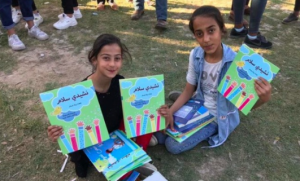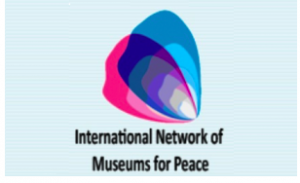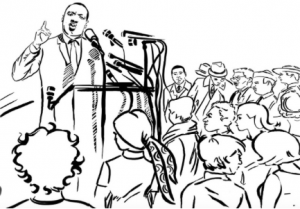EDUCATION FOR PEACE .
An article from Expression Veracruz
To help reverse the situation of violence that affects the community, the International Film Festival for a Culture of Peace (Ficcpaz) will be held from December 19 to 22, through which more than 140 films will be shown from 32 countries
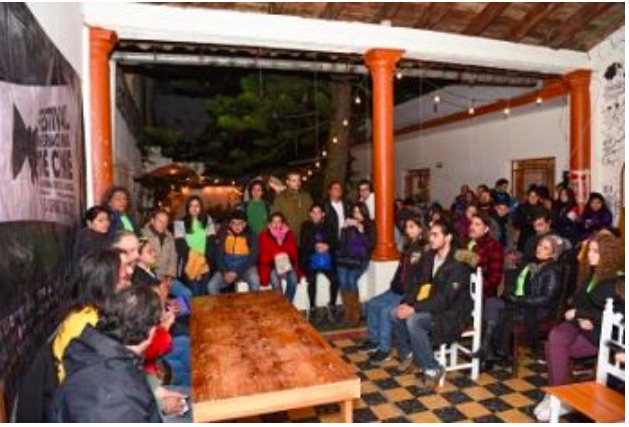
The film director and coordinator of the event, Ricardo Braojos, explained that the official selection includes fiction and documentary short films that will serve to promote a dialogue about the similarities and opportunities of different societies, including the history of the city of Xalapa.
He added that works from Mexico, Spain, Iran, India and Brazil will be shown. Six feature films will also be screened and there will be four keynote lectures on production, production, cinematography and distribution.
(continued in right column)
(Click here for the original Spanish version of this article.)
Film festivals that promote a culture of peace, Do you know of others?
Is there progress towards a culture of peace in Mexico?
(continued from left column)
The head of Dissemination, Promotion and Development of Culture, Jorge Acevedo Olguín, said that for the City Council it is important that a festival of this magnitude occurs in Xalapa, and especially in spaces located in neighborhoods of the periphery, where people are living in situations of vulnerability.
To bring cinema to the public that normally does not have access to these events, the functions will be carried out in spaces such as the Community Management Centers (CGC) Constituents and Las Minas, and the Village Meced, in addition to La Central, La Casa de Nadie, Carmela Rey Cinema, 4 Regions Cafe and Flavia.
The coordinator of the event, Territorios sin Descanso, Rodrigo Zárate, said that experiences on the culture of peace will be shared through art. They highlight the Puro Borde project, which addresses the problem of migration on the border between Ciudad Juárez and El Paso, as well as Tepito Peace School, which explains how education contributes to creating less violent environments in that neighborhood of the City of Mexico.
Accompanied by participant Mitzy Plasencia, actress and jury member Pilar Ixquic Mata said that the RallyHCX will be held, an event where five teams will have 72 hours to make and present short fiction films that will be screened and awarded at the conclusion of the festival.
This Thursday, at 12:00 noon, at La Casa de Nadie, the RallyHC flag will be raised. At 4:00 pm, short films will be screened at the CGC Constituents, Las Minas and Aldea Meced; at 17:30 a theater improvisation meeting will be presented at the CGC Constituents, and at 6:30 pm a film exhibition will be offered in this same space and the Meced Village.
